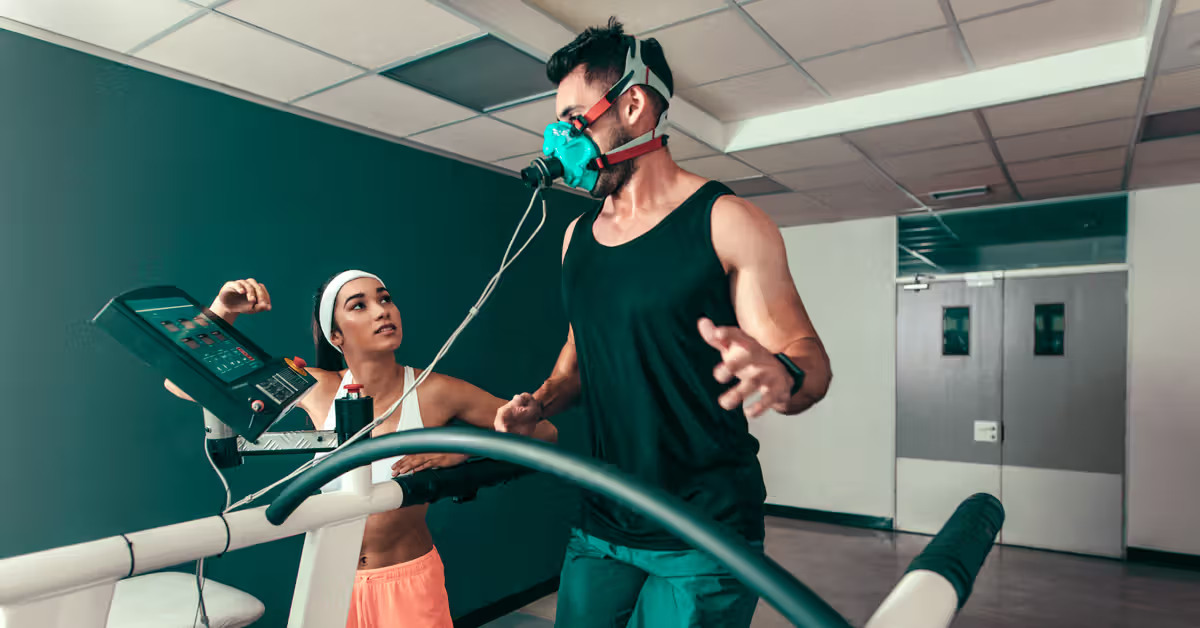Nutrient Utilization Biomarker Testing in Rodents
Understanding nutrient utilization is crucial in ensuring optimal health and performance across various sectors. In the realm of clinical and healthcare testing, particularly within nutrition and metabolism, accurate biomarker testing in rodents plays a pivotal role. This service provides insights into how dietary components are metabolized, absorbed, and utilized by rodent subjects, offering valuable data for research and development.
The process involves several key steps that ensure precision and reliability of results. Firstly, selecting the right strain of rodent is essential as different strains have varying physiological responses to nutrients. The diet provided must be carefully formulated to mimic dietary conditions relevant to the study objectives. Specimen preparation includes precise collection methods ensuring minimal stress on the subjects which can affect metabolism.
The testing equipment used for nutrient utilization biomarker analysis is sophisticated and highly sensitive, capable of detecting minute changes in metabolic pathways. These analyses are conducted under controlled environmental conditions to minimize external variables that could influence results. The data collected from these tests provides a comprehensive view of nutrient absorption, distribution, metabolism, and excretion.
The acceptance criteria for this testing ensure high standards of accuracy and reproducibility. Compliance with internationally recognized standards such as ISO 15195:2017 or ASTM E345-08 is mandatory to validate the methods used in these tests. The use of these standards not only enhances credibility but also ensures that results are comparable across different laboratories.
The importance of this testing cannot be overstated, especially in sectors like pharmaceuticals and nutrition science where understanding nutrient interactions can lead to breakthrough discoveries. By providing detailed insights into how nutrients behave within a living organism, this service supports the development of more effective treatments and dietary supplements.
Why It Matters
The significance of nutrient utilization biomarker testing in rodents extends beyond just academic research; it has direct implications for public health and pharmaceutical innovation. By identifying discrepancies between expected outcomes and actual metabolic processes, researchers can refine hypotheses and test new compounds more effectively.
This service is particularly critical for industries focused on personalized medicine, where understanding individual differences in nutrient metabolism could lead to tailored treatment plans. It also supports the development of novel therapies targeting specific metabolic pathways implicated in diseases like diabetes or obesity.
The results from this testing can influence regulatory decisions regarding food safety and efficacy claims made by manufacturers. For instance, if certain nutrients are shown to be poorly absorbed under standard conditions, regulators might require labeling changes or additional warnings on products containing these ingredients.
Moreover, the insights gained through such testing contribute significantly to our understanding of basic biological processes related to nutrition and metabolism. This foundational knowledge can inspire new areas of investigation into unexplored aspects of human biology.
Benefits
The benefits of nutrient utilization biomarker testing in rodents are manifold, touching both scientific advancement and practical applications:
- Innovation in Drug Development: Accurate metabolic data helps pharmaceutical companies design more effective drugs by targeting specific metabolic pathways.
- Better Nutrition Products: Manufacturers can use these findings to improve the formulation of their products, making them safer and more beneficial for consumers.
- Improved Regulatory Compliance: Results from this testing aid in meeting stringent regulatory requirements, thereby ensuring product quality and safety.
- Enhanced Patient Outcomes: Understanding nutrient metabolism can lead to better treatment plans for patients suffering from metabolic disorders or other health issues linked to poor nutrient utilization.
In summary, this service not only advances scientific knowledge but also translates that knowledge into tangible improvements in healthcare and nutrition industries.
Industry Applications
The applications of nutrient utilization biomarker testing in rodents are extensive across multiple sectors:
- Pharma & Biotech: This service supports the discovery and development of new drugs by providing crucial metabolic data.
- Nutrition Science: It aids in formulating scientifically sound recommendations for dietary intake based on rigorous scientific evidence.
- Food & Beverage Industry: Helps ensure that food products meet strict nutritional standards, enhancing consumer trust and satisfaction.
- Academic Research: Provides robust data to fuel ongoing studies into the relationship between nutrition and human health.
The versatility of this testing makes it an indispensable tool for anyone involved in these industries. Its ability to provide detailed insights into nutrient metabolism ensures that products are not only safe but also optimized for maximum efficacy.





